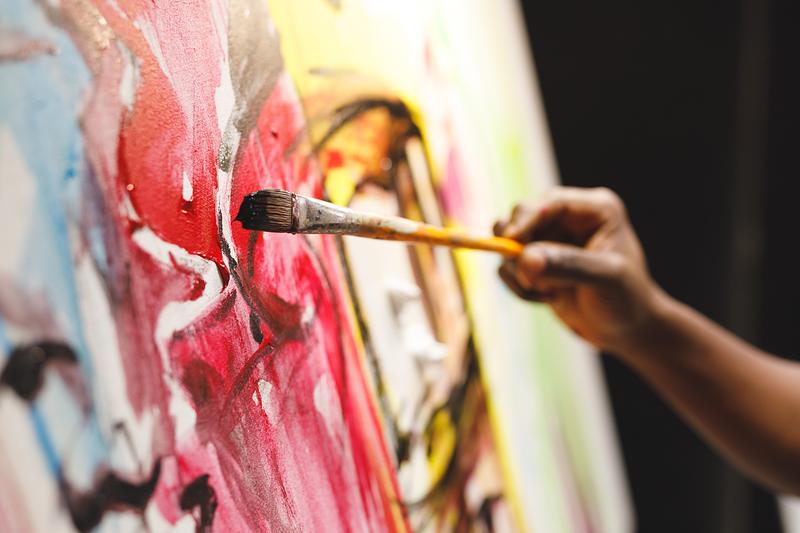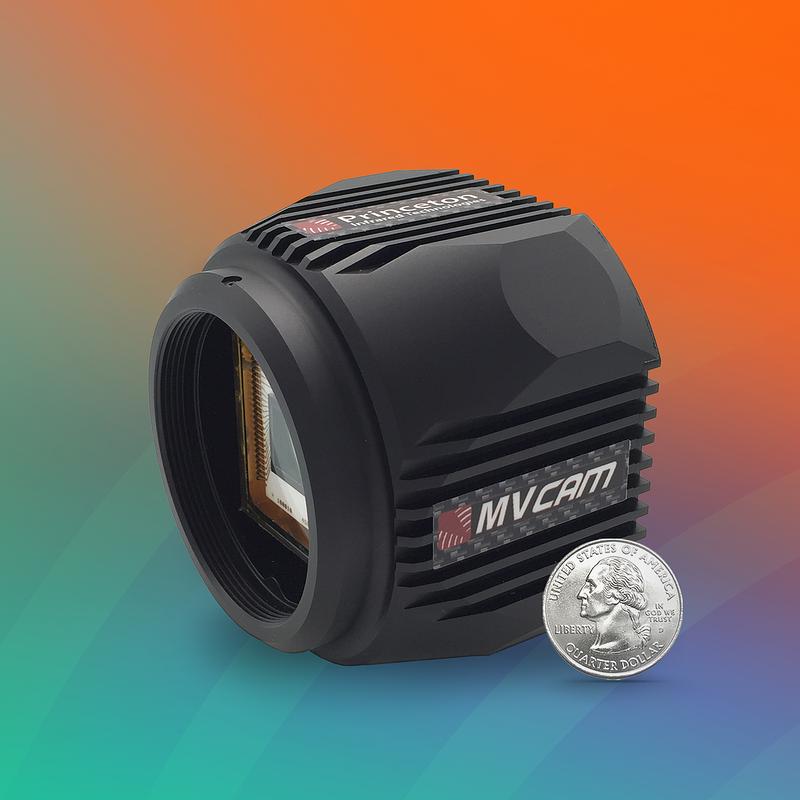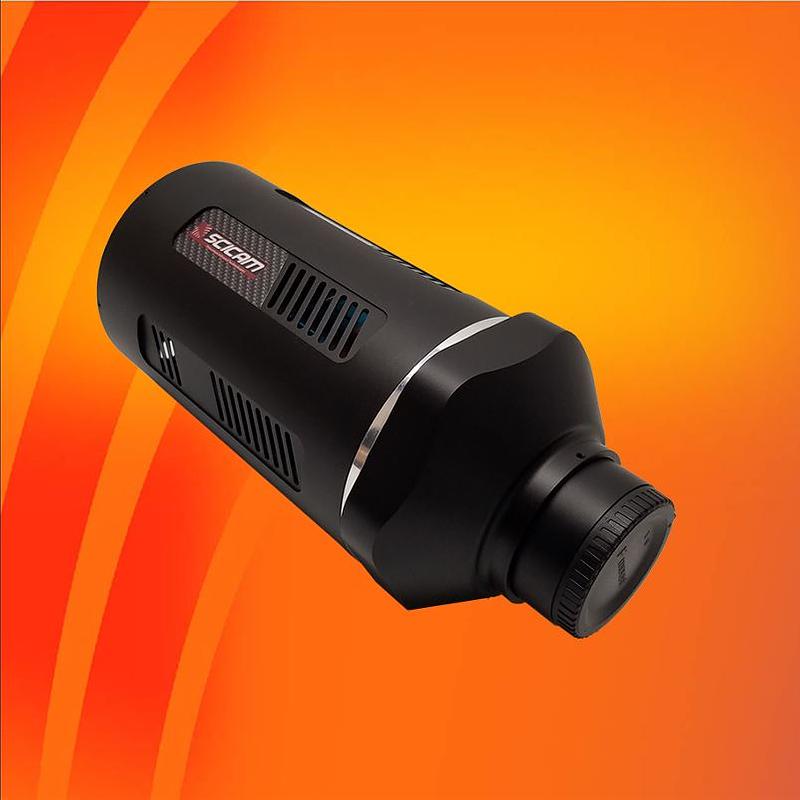Art Infrared Reflectometry Using SWIR Camera Technology
Art historians, museum curators, authenticators, and restorers use the shortwave infrared (SWIR) to “see” beneath obscuring layers such as aged varnish, paint, or even damage to detect underdrawings, alternations, signatures, and dates. The longer wavelengths penetrate deeper as they are scattered less than light reflected by the visible colors. The chemicals in some paint pigments and solvents can also absorb specific wavelengths, providing a spectral fingerprint that helps identify if the materials are appropriate to the time the artwork was created. The underdrawing, in which the artist may have laid out their plan for the painting, was typically drawn with dark materials, absorbent at most wavelengths and thus visible to the SWIR camera. Through the study of underdrawings revealed by infrared cameras, historians can study the artist’s techniques, recognize their evolving style or use of assistance, and detect fake pieces of art.
Key to inspecting artworks, is using cameras with the resolution for fine detail, while capable of capturing large sections of the artwork. The lens is chosen to resolve the faint cracking in older art, while the imaging setup moves the camera or the artwork to enable that fine detail to be recorded over the whole artwork. Thus, many images will be stitched into one super resolution image. Along with even lighting, it is vital that the camera exhibit high dynamic range and high linearity to ensure that the adjacent images are consistently captured and stitch together seamlessly. Our megapixel 1280SciCam SWIR camera provides high-sensitivity and ability to work in lower light conditions when the art can be damaged by excessive light, while our MVCam SWIR camera is small and compact, permitting more convenient scanning when mounted on a motorized tripod, or gantry or to provide convenient portability when moving the imaging setup from gallery to gallery.
Our SWIR cameras can help you 'see' under the paint to study the master's touch, or to verify the artwork's authenticity.

 MVCam
MVCam 1280SciCam
1280SciCam